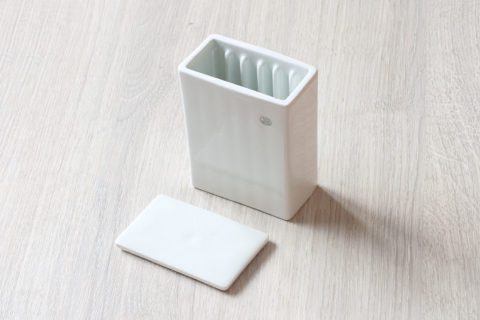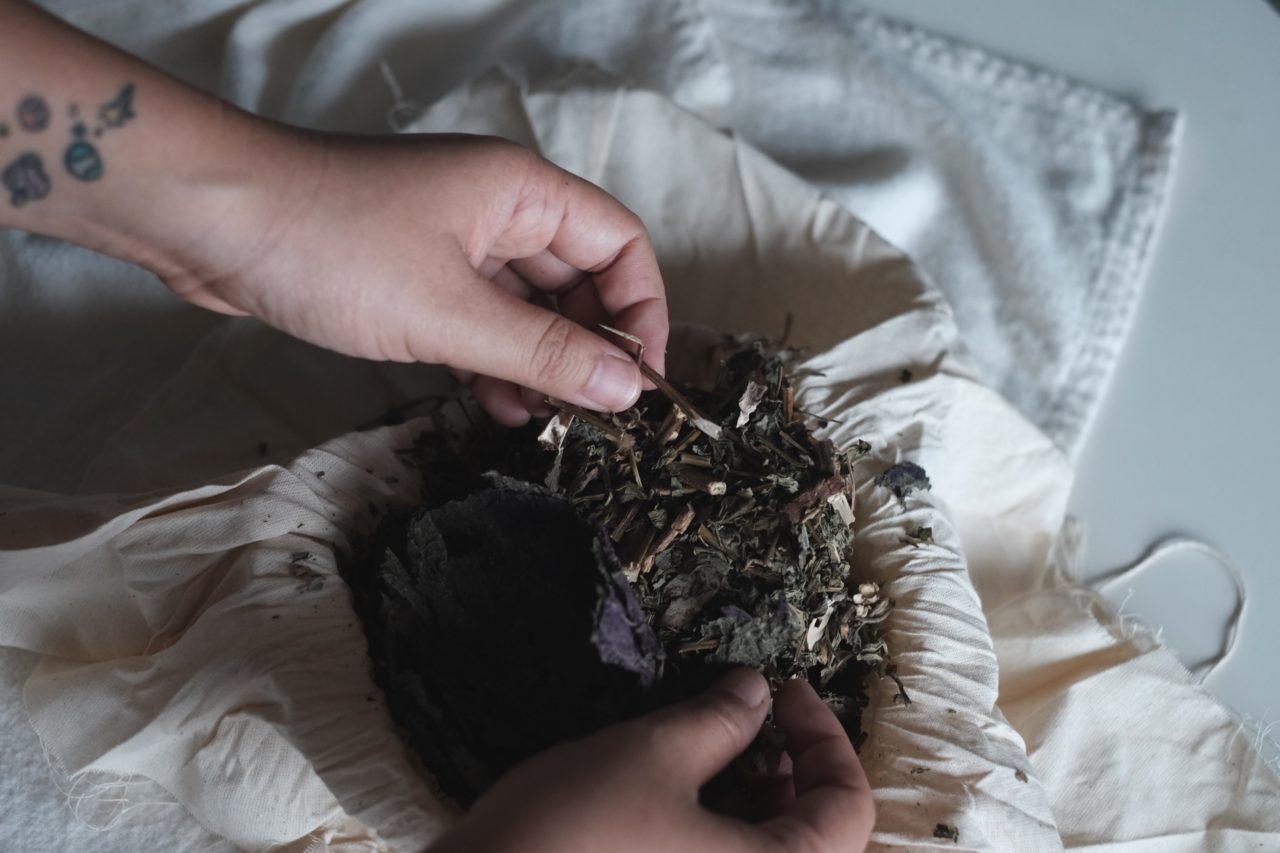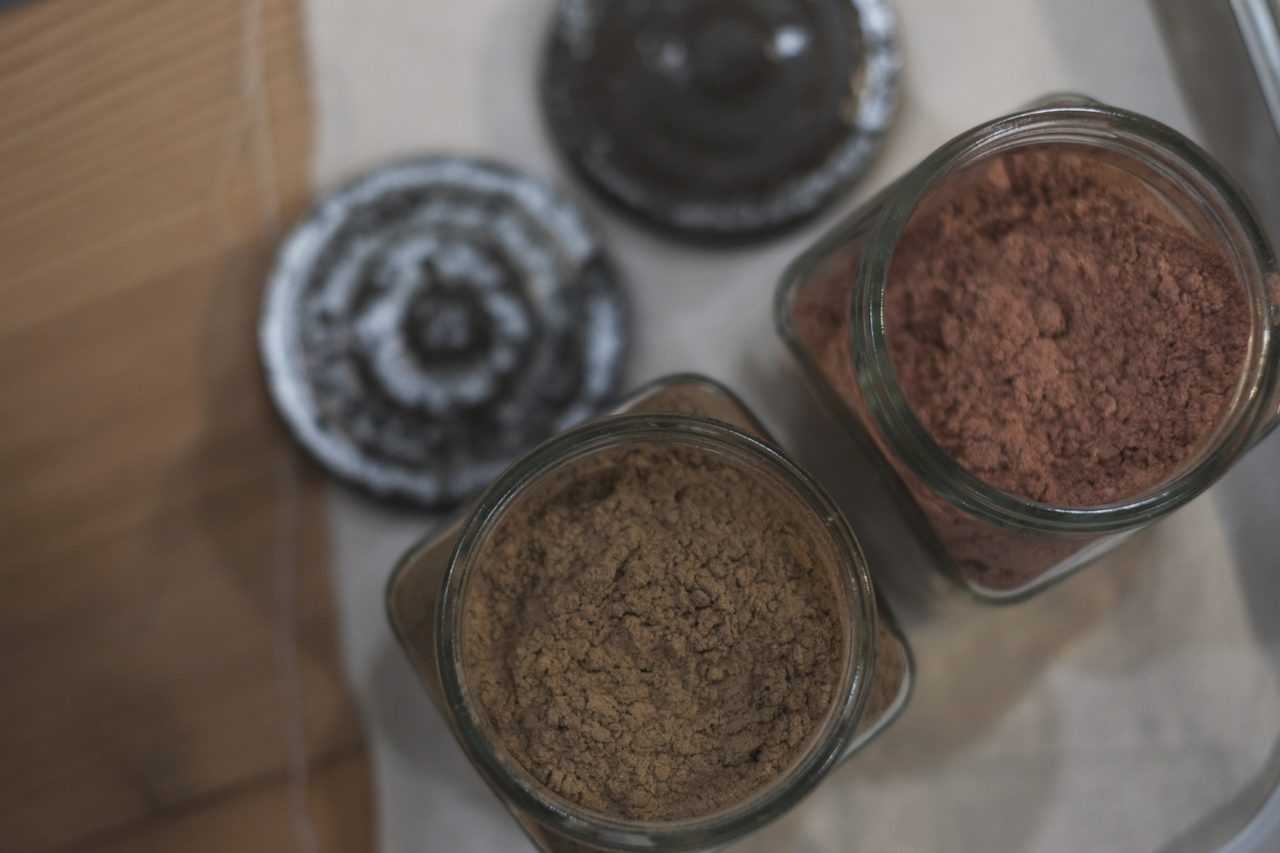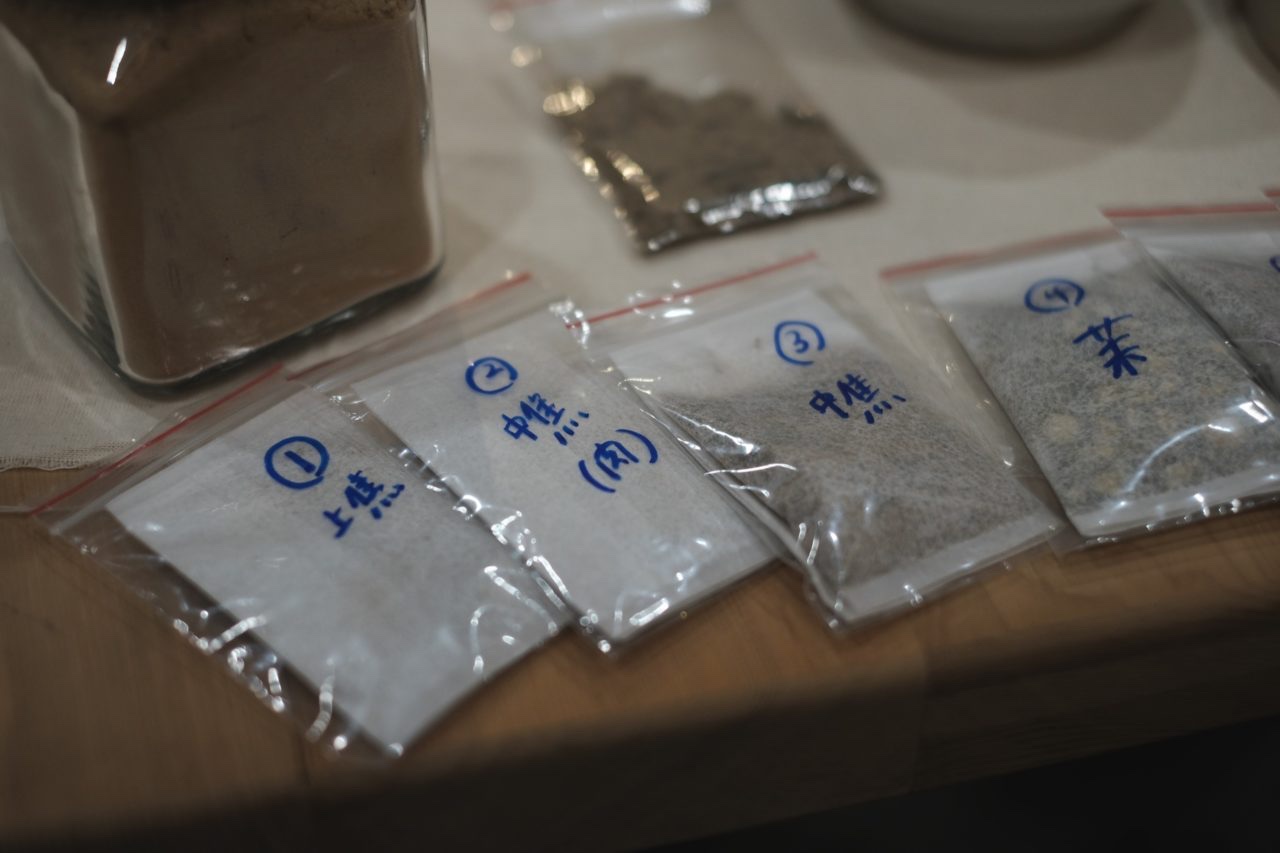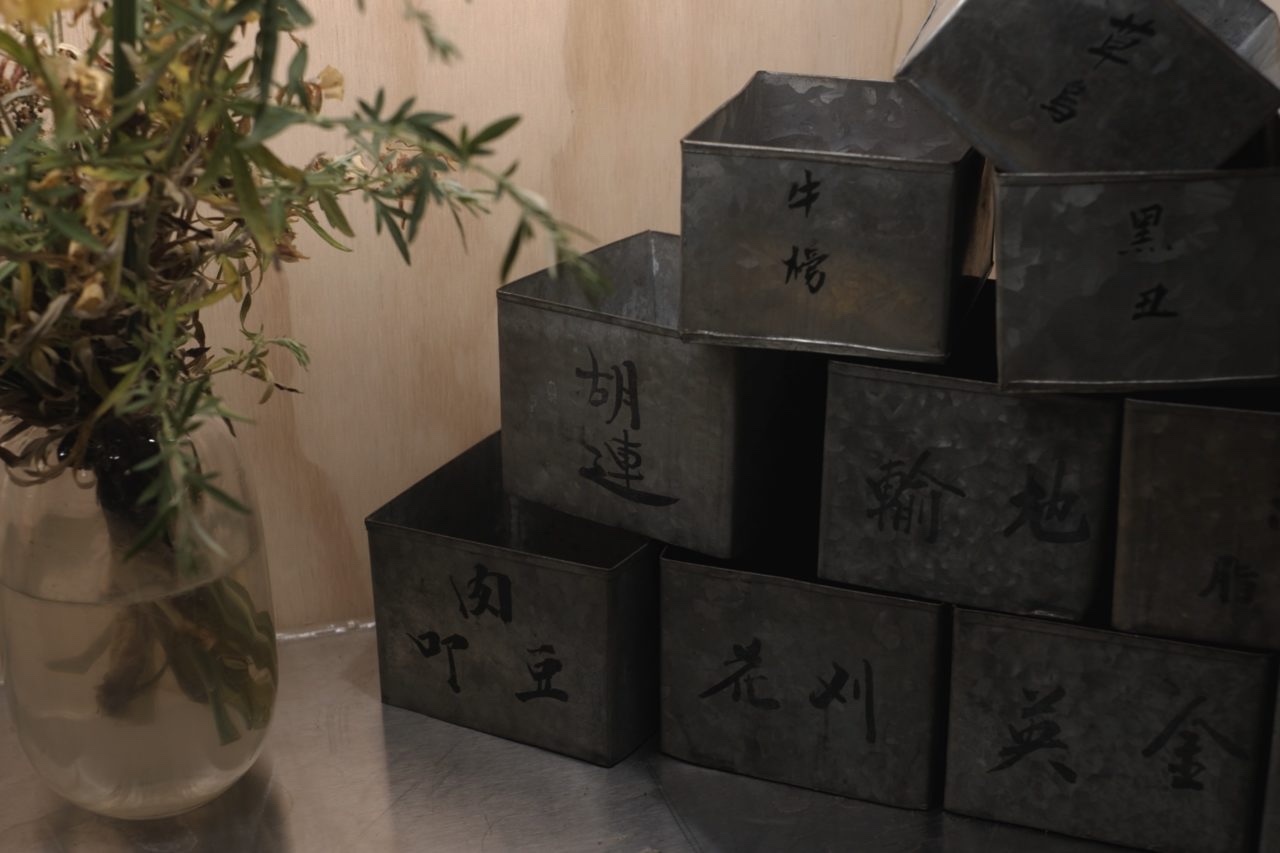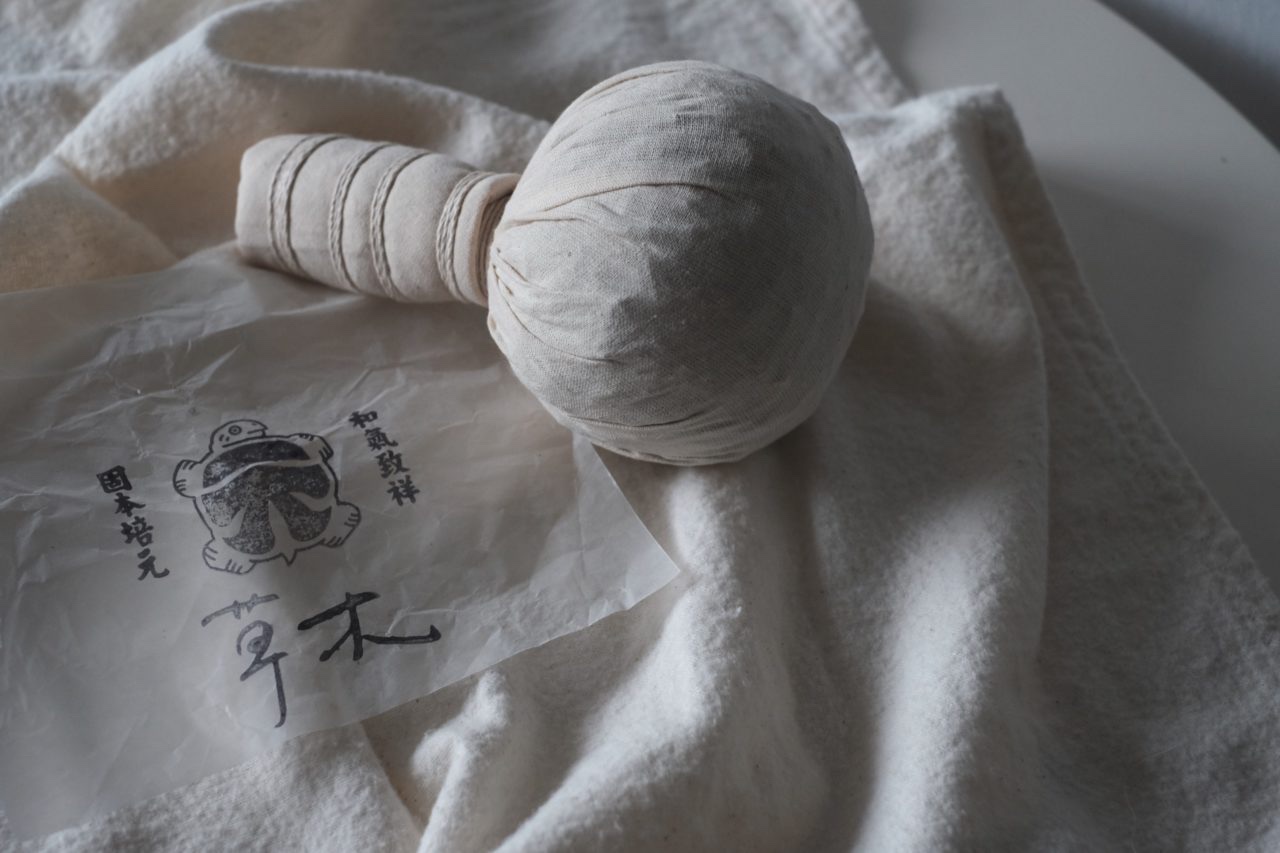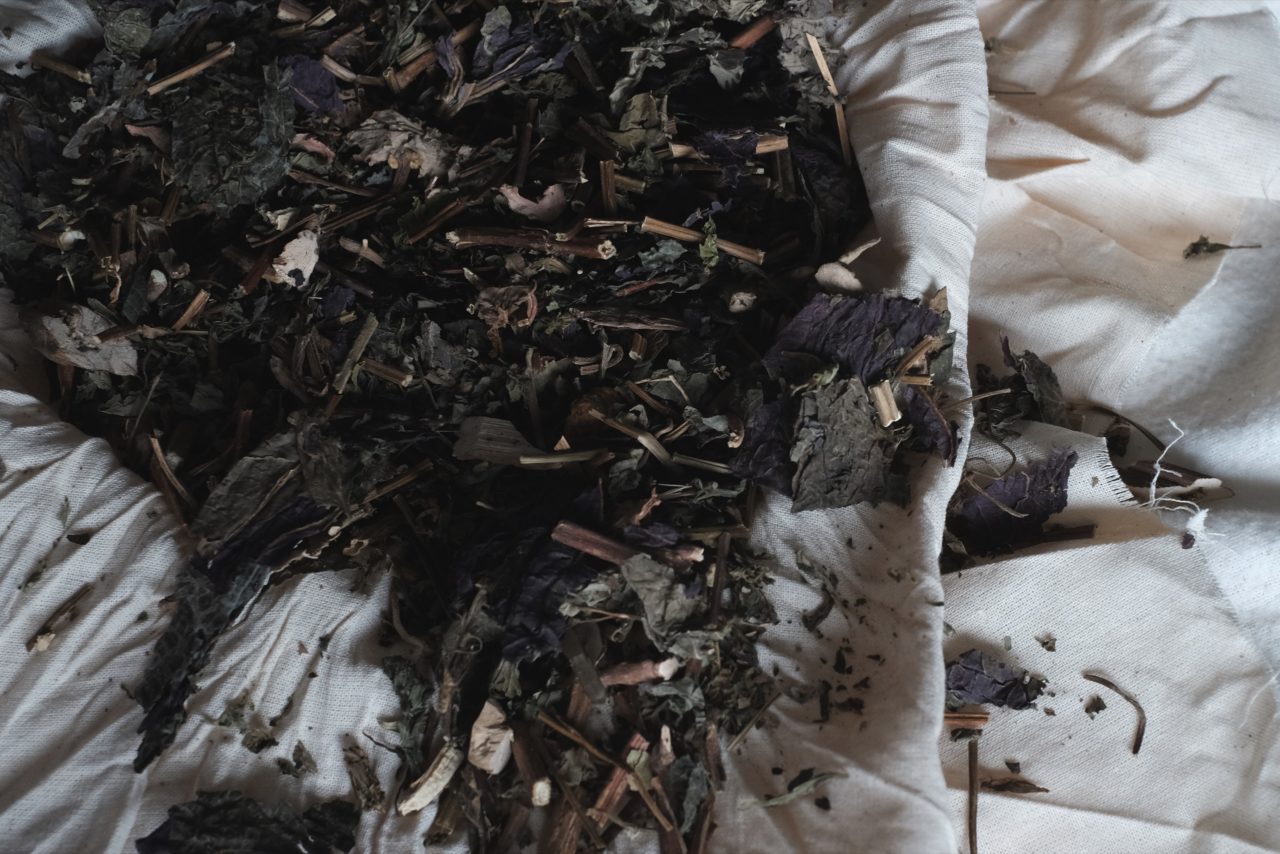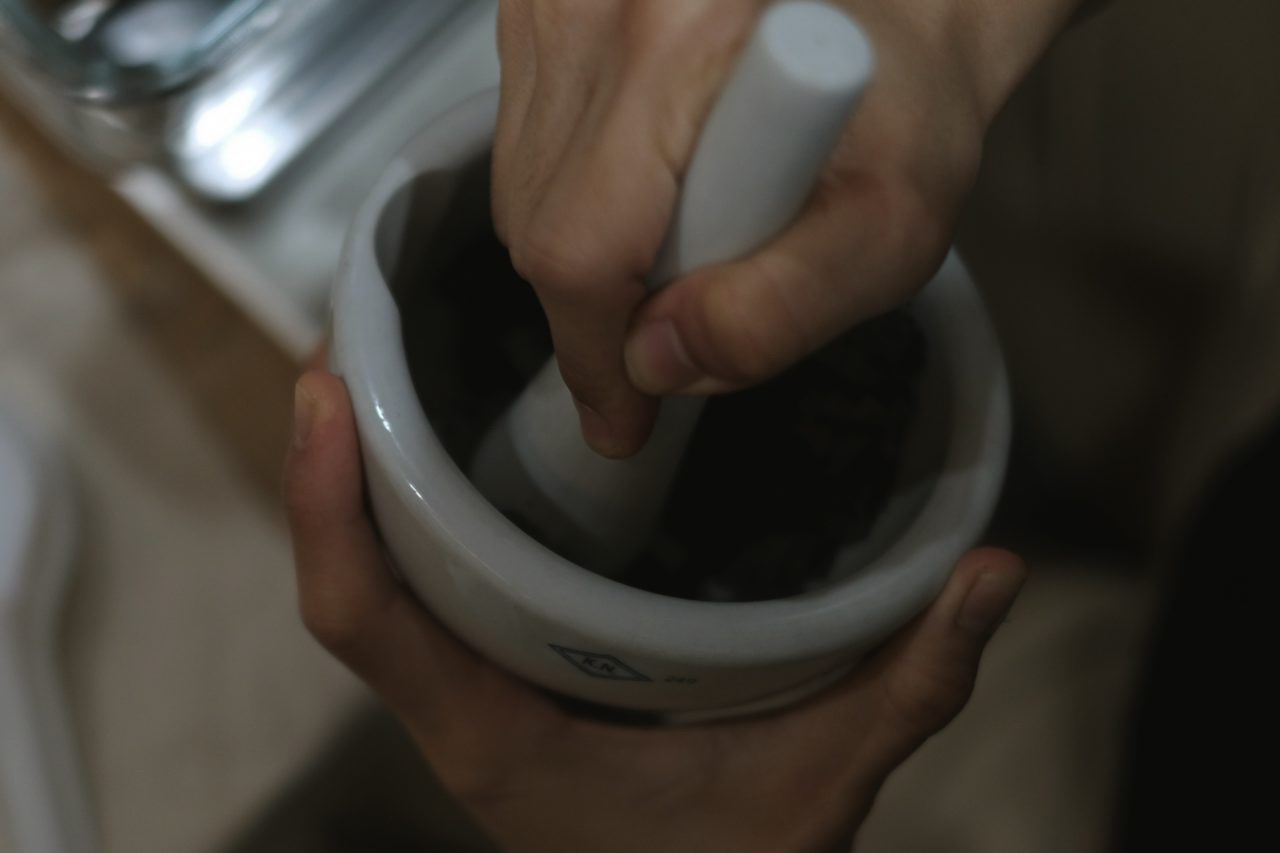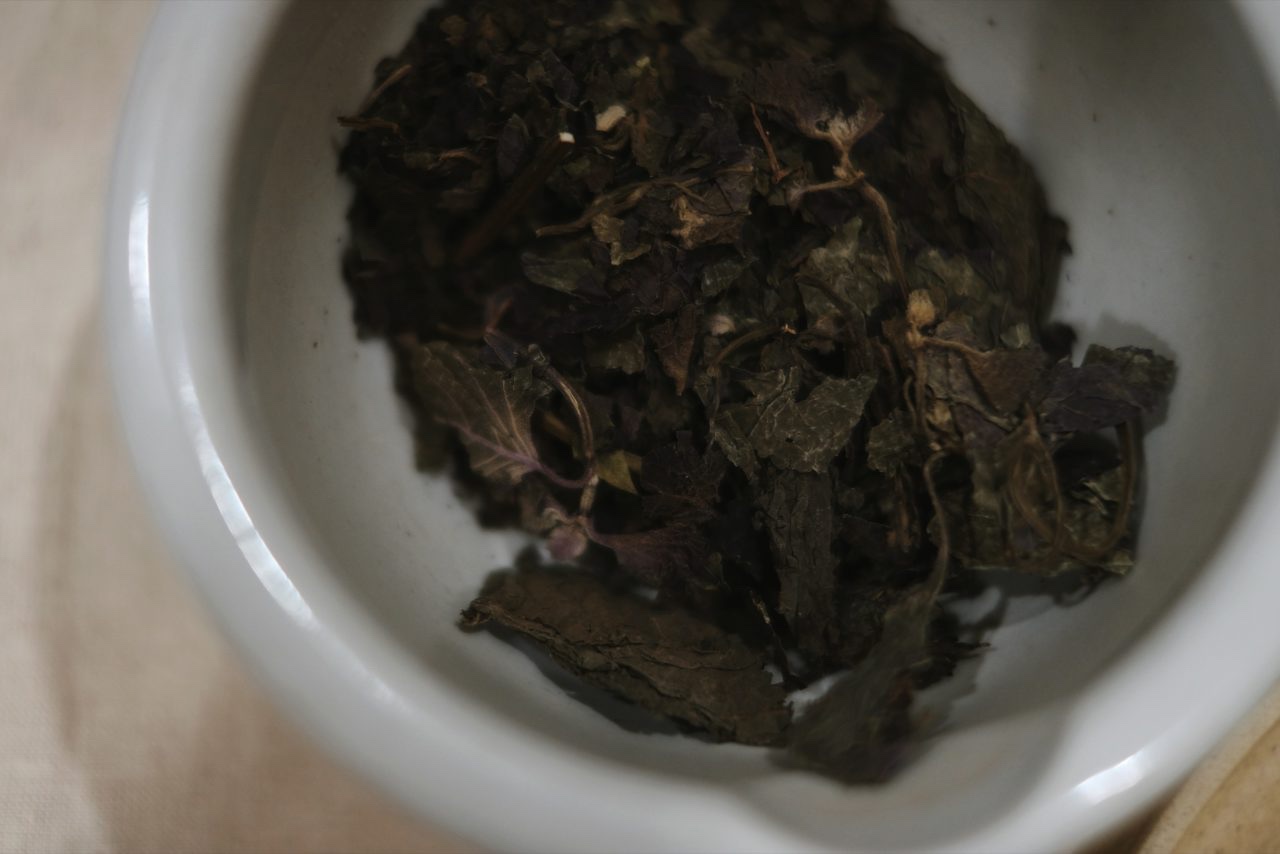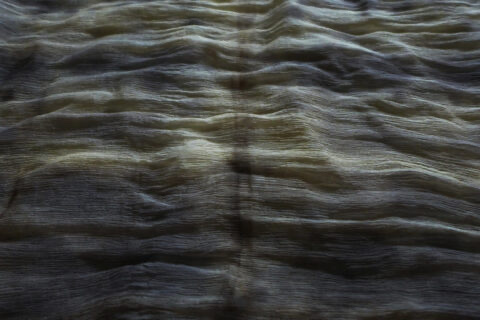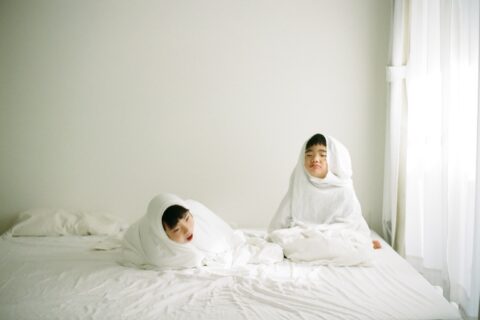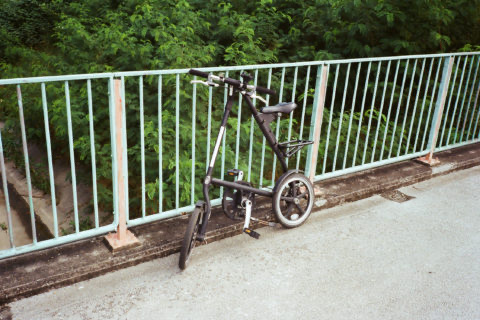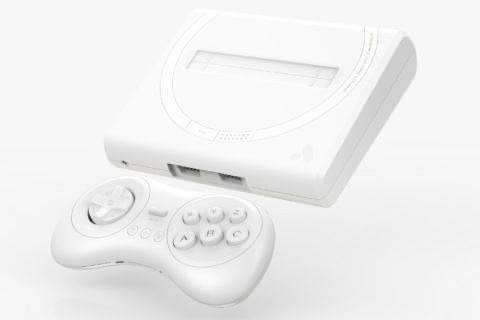初來台南的盛夏,我提著一袋艾草在一間沒空調的咖啡廳喝著熱美式,後來有一對外籍夫妻及朋友進來,我跟店內一位女生同時站起來讓坐,外籍太太道謝後跟我們說:「你們何不坐在一起?」我邀請眼前這位少女坐下,她問我那包東西是甚麼?我說是艾草,然後她說她是中醫,因為咖啡、草藥我就跟曉瑱成為了朋友。
「植物」能治百病、解鬱結。我對草藥充滿好奇,我相信中醫,相信這些從土地長出的植物能讓我身體健康。大概一年前,中醫曉瑱的男朋友蔡醫生在台南自立「祥元中醫診所」,他們平日為病人把脈開藥方,餘閒竟在研發植物相關的調理產品。「我想讓大眾接受中醫,不要覺得中醫很老土。」個子嬌小的曉瑱志向究竟有多大呢。最近,他們與台南一間結合植物及甜點的小店草木合作推出「藥草球」,它源於泰國,是一種療癒身體的工具,我已使用了差不多十年。
在二號診室,我跟曉瑱說: 「你們可能是第一位中醫師在戶外市集擺攤販售中草藥產品的人。」在藥草球之前,曉瑱跟蔡醫生已經研發了手工皂、香包、防蚊液、紫雲膏,以中藥知識創造實用的隨身品。
這裡引用曉瑱寫的一段文字:
「藥房的嗆苦高溫,是中藥粉、酸痛藥膏混了藥膏煎煮炸香的氣味,製成一罐膏,必須花時間等待浸泡,賠下約會的時間熬,浸泡個三到五個月是最好,顏色嫣紅紫的不透光,打開後油亮剔透,製作時還等爆香,噼噼啪啪炸當歸,香氣撲鼻,一邊等待降溫,一邊使勁攪拌。直到冷卻的一瞬,封印入罐,把根莖制膏。」
曉瑱繼續將植物藥材秤重、分裝、密封。「草藥,也有前、後味道,香味揮發的程度、時間也有不同,製作香包、藥草球,先放入甚麼、後放入甚麼也要注意。」
過程像製作香水,但藥草球還有更多的中醫學問,我問曉瑱: 「甚麼是上焦、中焦、下焦?」
說到中醫的知識,曉瑱認真起來:「是我們的身體,心肺是上焦、脾胃是中焦、腎腸膀胱是下焦。雖然藥草球是外用的,但我跟蔡醫生也會聞到它的味道,感受那些藥草如何刺激我們的三焦,讓身體感到舒服,變得更健康。」
我在想如果只是手作人製作的藥草球,大概只會考慮成本、味道和外觀包裝。但是曉瑱製作的就不一樣了,她愛惜這些亁燥的植物,又像跟老朋友見面一樣的熟悉,她能把植物的功用發揮到最好,也同時讓我更認識植物跟自己的關係。手指尖觸碰到草藥時,人也變得溫柔、平靜,這些配方是曉瑱的魔法。
這時候,我眼前的少女非常認真,我以為她專注地把植物化為安撫治療大家身心靈的作品,但她卻只單純地希望人們透過這些外用產品重新認識中醫的可能性。「按摩身體的植物包括有艾絨、薄荷、蒼术、魚腥草、藿香、石菖蒲、紫蘇等等 ,聞香的藥草球會加入沉香、檀香、薰衣草,不同的配方擁有不同功效。」聽到這些草藥名字,讓我覺得它們既有趣,又優雅。後來我把棉布包裏著的草藥球,蒸熟加熱,還沒按壓肌膚,那種平靜的香味便隨著蒸氣縷縷縈繞在空中。閉上眼,好好享受片刻獨處於自然之中。
I first met Hsiao Tien on a midsummer day when I first came to Tainan; I was sipping a hot Americano in a café with no air-conditioning when a foreigner couple and their friends came in. As I grabbed my bag to stand up, trying to offer my seat, she did the same. She thanked us and said, “Why don’t you two sit together?” She eventually sat down with me upon my invitation. Noticing my bag, she asked “What’s in there?” “Wormwood,” I said. “I am a Chinese medicine doctor,” she said. Since then Hsiao Tien and I became friends. Coffee and herbs connected us.
Plants have the power to heal your body and soul, which has always made me curious about herbal medicine. About a year ago, Hsiao Tien’s boyfriend, Dr. Cai, opened up his clinic, Xiang Yuan Chinese Medicine Clinic, in Tainan. On normal days, the couple would see patients and prescribe medicine; and when not with the patients, they devote their time to developing plant-based health products. “I want the public to accept Chinese medicine and remove the ‘old-fashioned’ label that is often associated with it.” I am amazed by Hsiao Tien’s ambition. Recently, the couple worked together with Somoku, a small plant-themed dessert shop in Tainan, to produce some herbal balls. Originating from Thailand, herbal balls are a healing tool which I’ve been using for almost a decade.
In consultation room #2, I said to Hsiao Tien, “You might well be the first Chinese medicine doctor who sells Chinese herbal products at an outdoor market.” Prior to the launch of their herbal balls product, Hsiao Tien and Dr. Cai had successfully created several other practical and handy items including handmade soaps, herbal sachets, anti-mosquito solution, and gromwell ointment.
Here I quote from Hsiao Tien:
“The pharmacy is scorchingly hot, filled with the acrid smell of Chinese medicinal powder, pain relief ointment, and various kinds of herbs going through the cooking processes. To produce a jar of ointment, it takes a considerable amount of time to soak and cook the herbs — the hours that might well be spent with my beloved takes a backseat. It’s best to soak the herbs for three to five months. The ointment will turn out vivid purplish red, glossy, and opaque. During the cooking process, the aroma of herbs fills the room and accompanies the crackling sound of frying dong quai (Chinese angelica). Vigorously stir the mixture until it cools down. Pour it into the jar and immediately seal it. The essence of the stems and roots are all sealed in that jar.”
Hsiao Tien continued to weigh, pack, and seal the herbs. “Herbs’ fragrance changes over time. They also diffuse at different rates. We have to pay attention to what goes in first and last when preparing the herbal sachets and balls.”
It’s similar to making perfume, but the making of herbal balls requires way more knowledge on Chinese medicine. I asked Hsiao Tien, “What is san jiao (triple burner)?”
When it comes to Chinese medicine, Hsiao Tien became serious. “It refers to the ‘burners’ in our body. The upper burner relates to our heart and lungs. The middle burner relates to the stomach. The lower burner relates to our kidneys, intestines and bladder. Even though the herbal ball is for external use, Dr. Cai and I both agree that the smell of it could stimulate our burners and make us feel better and healthier.”
I reckon if it was just a normal crafter making herbal balls, he or she would probably only focus on cost, smell, and packaging. But for Hsiao Tien, it’s a different story. She treasures the dried plants as if they are her dear old friends. While she makes the best out of these plants, I also get a chance to learn how I am connected to nature. As I run my fingers over the herbs, I feel calm and peaceful. It must be the magic in Hsiao Tien’s prescription.
Hsiao Tien looked determined and focused. I thought she wanted to heal people’s bodies and souls with plants, but it turns out that she simply wants the public to learn about the various possibilities that come with Chinese medicine. “For body massage, we can use herbs such as moxa, mint, atractylodes, fish mint, ageratum, calamus, perilla, etc. For scented herbal balls, we will add agarwood, sandalwood, and lavender. Different formulas bring different benefits.” The names of these herbs sound both intriguing and elegant. Later on I steamed to heat up the cotton herbal ball. A soothing scent lingered in the air. I closed my eyes to enjoy the moment of being alone in nature.
